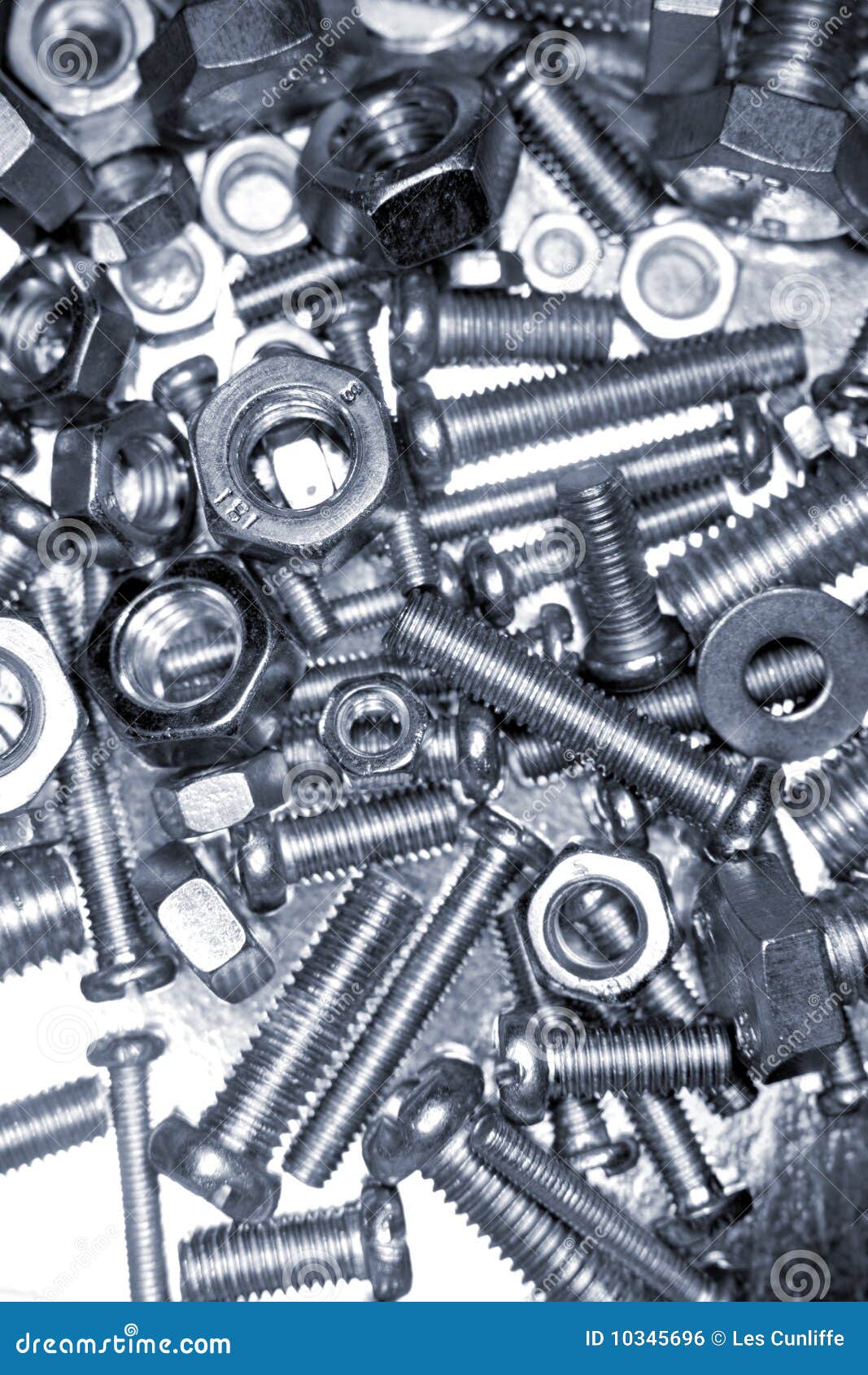As you start embarking on any DIY project, be it a straightforward home fix alongside a complex construction task, comprehending the right fasteners to use can be transformative. Components such as nuts and bolts may appear like small components, but they play an essential part in ensuring the integrity and endurance of your work. With so many types available, it's necessary to understand the details to choose the best fasteners for your needs.
This resource aims to demystify the world of nuts and bolts, delivering information into the various types, how they are used, and the materials used in their construction. From large construction jobs to vehicle fixes, we will cover what you must know about choosing the right fasteners. We'll break down technical terms and examine the characteristics that make certain nuts and bolts suitable for various situations. Regardless of whether you're a veteran DIY enthusiast or a beginner, this comprehensive resource will help you choose wisely for your projects.
Grasping Fasteners
Fasteners form the core of countless endeavors, acting as crucial fasteners that hold various materials together. At their essence, a screw is a screw-type fastener designed to be placed into a pre-made opening and is often paired with a female fastener to create a secure connection. This pairing provides the necessary strength and reliability for a wide range of applications, from fundamental household repairs to intricate construction tasks.
There are various different types of fasteners, all designed for particular functions. Bolts come in many types such as hexagonal bolts, carriage bolts, and lag bolts, which offering distinct benefits depending on the situation. Similarly, female fasteners vary widely, including common hex nuts, lock nuts, and flange nuts, which have defined applications that can enhance the overall integrity and security of the junction. Comprehending these differences is crucial for any do-it-yourself enthusiast aiming to choose the ideal fasteners for their projects.
Choosing the appropriate nuts and bolts not just ensures the effectiveness of a project while also improves safety and longevity. Factors to take into account include the substances used, the surroundings in which they will be applied, and the precise load requirements. By grasping the fundamentals of nuts and bolts and their unique characteristics, DIY enthusiasts can make informed decisions that lead to effective and enduring results in their work.
Categories and Applications of Fasteners
Fasteners come in multiple types, each designed for particular uses and materials. Nuts and bolt fasteners are among the widely commonly used fasteners in construction and do-it-yourself projects, offering secure connections for a wide range of applications. The basic screw types include hex bolts, carriage bolts, and lag bolts, each serving particular purposes; for example, hexagonal bolts are perfect for high-load tasks, while carriage fasteners are excellent for attaching timber to timber due to their rounded head.
Understanding the material and threading is key when selecting fasteners. Screws are typically made from substances such as carbon steel, stainless steel, and brass, each offering varied degrees of strength, rust resistance, and fitness for certain environments. For instance, stainless steel bolts are favored in external uses due to their rust-resistant characteristics, while zinc-coated screws are often used in internal situations where humidity is not a concern. Types of threading, such as coarse, smooth, and standard, also hold a significant part in making sure that the fastener fits correctly with the corresponding nut fastener or material.
In beyond regular nuts and bolts, various unique fasteners serve specific needs, such as anti-tamper fasteners that prevent unauthorized access or locking nuts that provide protection to loosening from vibrations. Understanding the needs of your task, such as the materials being connected and the load-bearing capacity needed, will assist you choose the right fastening device to ensure durability and dependability in your do-it-yourself ventures.

Buyer Guides and Contrast Analysis
When selecting nuts and bolts for your project, it is vital to understand the differences between metric and imperial fasteners. Metric fasteners are measured in millimeters, while imperial fasteners are based on inches. Depending on your area and the tools you have, one type may be more convenient than the other. Always check the specifications of your materials to ensure congruence and avoid costly mistakes.
Grade matters when it comes to fasteners. Look for reliable brands that offer detailed information about their products, including material composition, grades, and finishes. A good fastener will simultaneously hold up under stress but also resist rust over time. Evaluating the ratings and certifications of the fasteners can help you make an knowledgeable decision, ensuring safety and durability in your use.
Measuring nuts and bolts correctly is necessary for proper fit and function. Use a caliper or a measuring tape to determine the size of the fastener you need, including length, diameter, and thread pitch. Consult a fastener strength chart chart to choose the right fastener based on the demands of your specific project. This action will save you time and frustration, allowing you to focus on your DIY tasks with certainty.
